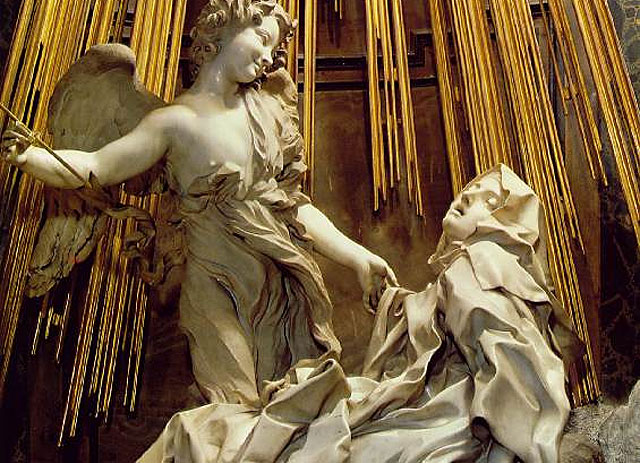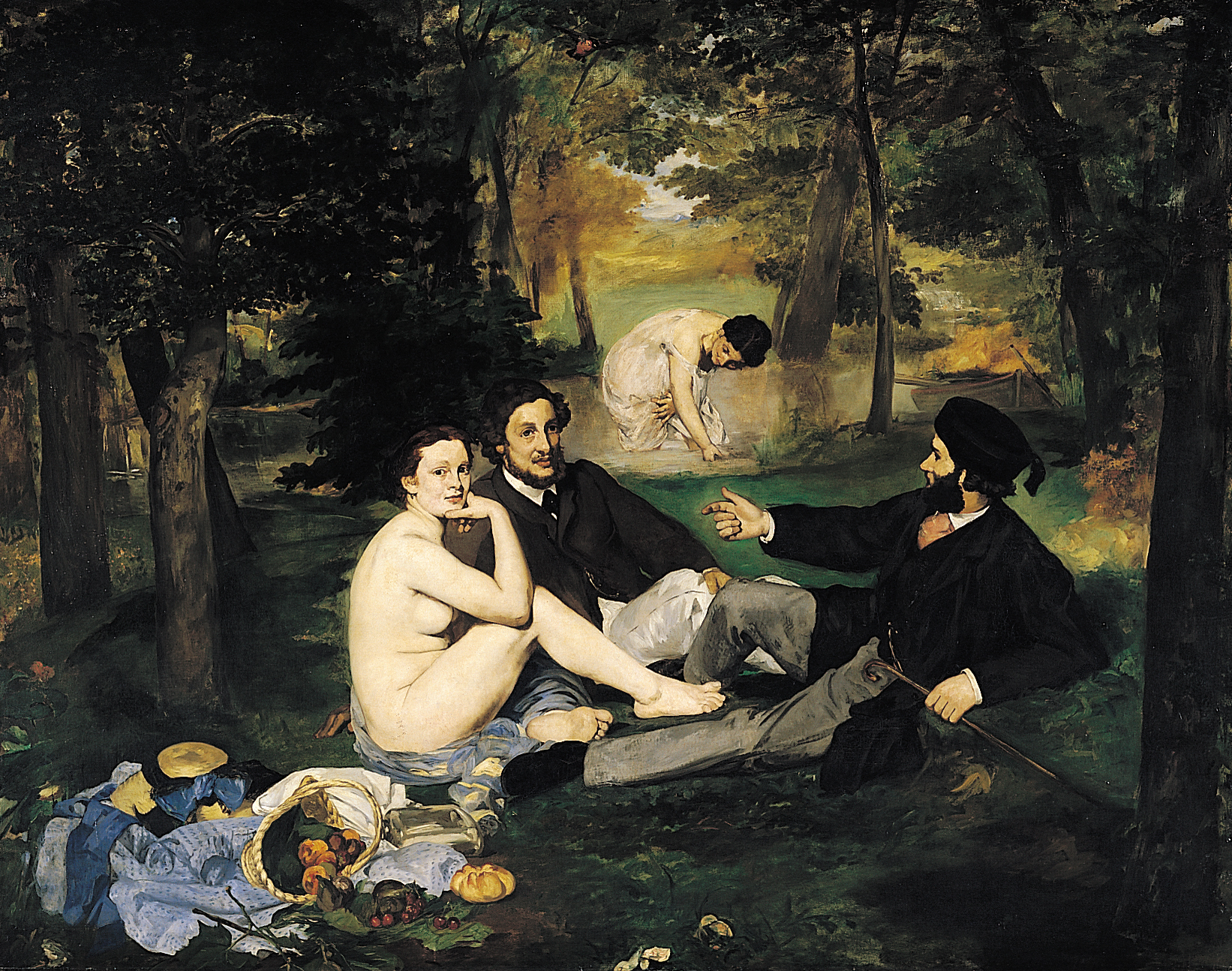Art as the Erotic - Reverie
8:00 AMArt as the Erotic
How We Observe Sex in Art
Curated by Chase Coble
By 1771 Jean-Honoré Fragonard had cemented
his reputation for being the representative artist concerning the Rococo style,
which by this time was starting to be considered passé. Nevertheless, in 1771
Madame du Barry, rumored to be Louis XV’s concubine, commissioned Fragonard to
create his famed Progress of Love. In
the series the artist typically depicts scenes of lovers frantically trying
unite. Yet what of his Reverie, the
only part of the series with one subject, what does this segment illuminate on
the progress of love?
Clearly, Fragonard subscribed to the ideal that “one must love themselves.” But before we examine the overtly sexual details of this painting, let us gently peruse the more vague hints Fragonard gives us.
Our subject’s hair gently cascades and flows down her relaxed shoulders imparting a feeling of tranquility and openness. Her left arm indicates her relaxation in the moment, furthermore the relinquishment of her guard. She gazes upwardly, mouth agape with a clear sense of ecstatic pleasure. The positioning of her left leg furthers this entire feeling of readiness and acceptance. We, as the viewer, have been given an incredibly warm invitation.
Clearly, Fragonard subscribed to the ideal that “one must love themselves.” But before we examine the overtly sexual details of this painting, let us gently peruse the more vague hints Fragonard gives us.
Our subject’s hair gently cascades and flows down her relaxed shoulders imparting a feeling of tranquility and openness. Her left arm indicates her relaxation in the moment, furthermore the relinquishment of her guard. She gazes upwardly, mouth agape with a clear sense of ecstatic pleasure. The positioning of her left leg furthers this entire feeling of readiness and acceptance. We, as the viewer, have been given an incredibly warm invitation.
We
should get less subtle now. Notice the staging for our subject. She is sitting
at the base of a long, thick, obelisk. And she seems to be in Reverie.










0 comments